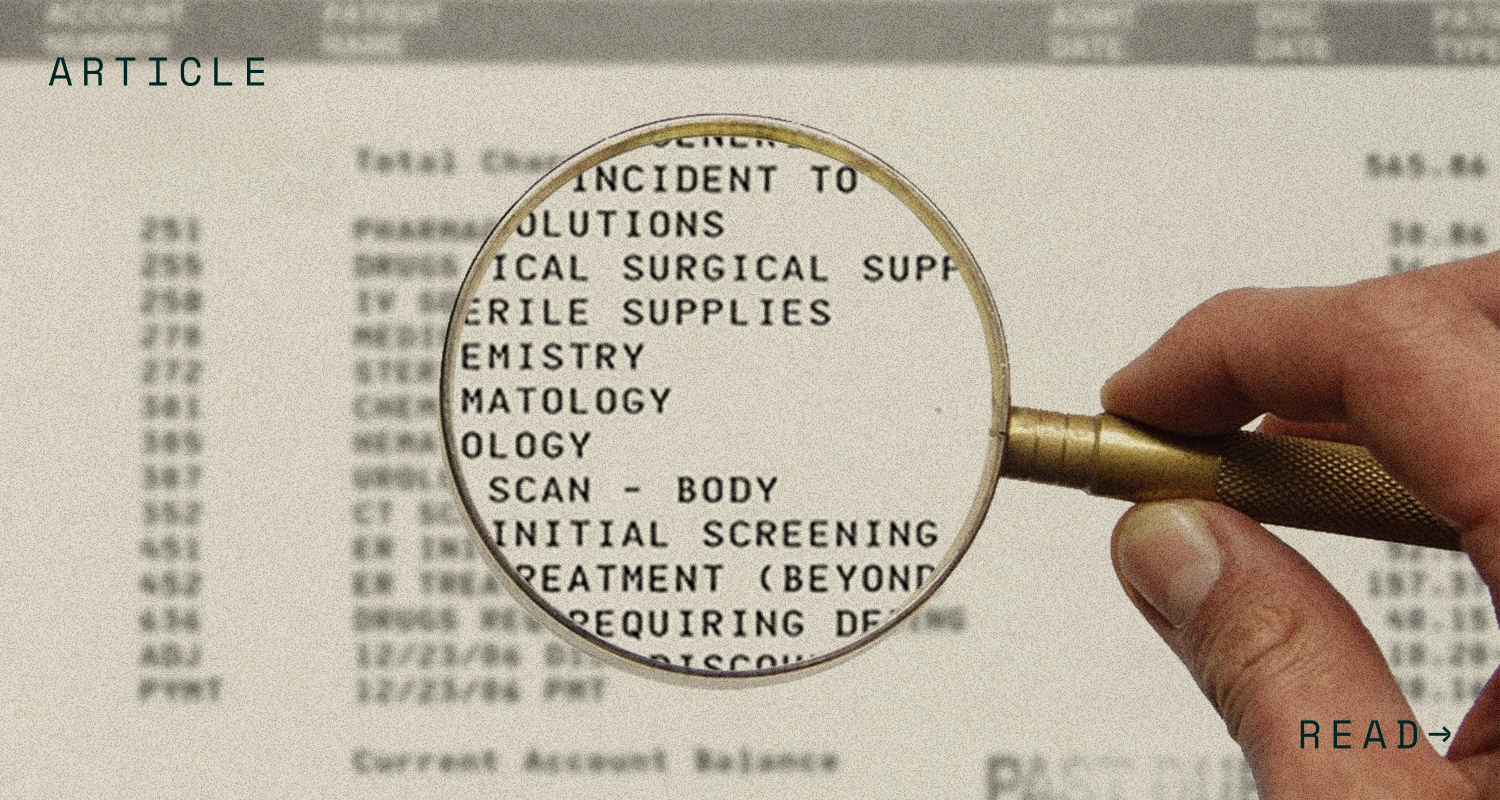The United States Department of Labor (DOL) released a series of Frequently Asked Questions (FAQs) on the federal Worker Adjustment and Retraining Notification Act (“WARN Act” or “Act”) in light of the coronavirus (COVID-19) outbreak. This article highlights key takeaways from the DOL FAQs.
Background:
The WARN Act requires employers who are planning a plant closing or mass layoff to give affected employees at least 60 days’ notice of such an employment action. While the 60-day period is the minimum for advance notice, this provision is not intended to discourage employers from voluntarily providing longer periods of advance notice. Not all plant closings and layoffs are subject to the Act, and certain employee count thresholds must be reached before the Act applies. The WARN Act also has specific exemptions and provides for a reduction in the notification period in particular circumstances. Damages and civil penalties can be assessed against employers who violate the Act.
As a reminder, the WARN Act is enforced by private legal action where the violation is alleged to have occurred or where the employer transacts business. Any dispute regarding the interpretation of the Act (including its exceptions) is determined on a case-by-case basis. Whether courts will find these informal statements by the DOL to be persuasive in any future legal action is uncertain.
Employer Questions for COVID-19 Related Scenarios
Does an Employer Considering a Temporary Layoff or Furlough Need to Provide Employees Notice under the WARN Act?
The DOL states that a WARN Act notice must be given when there is an employment loss, as defined under the Act. A temporary layoff or furlough that lasts longer than 6 months is considered an employment loss. A temporary layoff or furlough without notice that is initially expected to last six months or less, but later is extended beyond 6 months may violate the Act unless:
- The extension is due to business circumstances (including unforeseeable changes in price or cost) not reasonably foreseeable at the time of the initial layoff; and
- Notice is given when it becomes reasonably foreseeable that the extension is required.
This means that an employer who previously announced and carried out a short-term layoff (6 months or less) and later extends the layoff or furlough beyond 6 months due to business circumstances not reasonably foreseeable at the time of the initial layoff is required to give notice at the time it becomes reasonably foreseeable that the extension is required. A layoff extending beyond 6 months for any other reason is treated as an employment loss from the date the layoff or furlough starts.
An employer may need to prove that it could not foresee the circumstances if a WARN Act legal action is brought. Since it is not clear whether courts will find statements in the DOL FAQs persuasive, employers are encouraged to consult with legal counsel prior to any anticipated changes to their workforces to determine their obligations under the WARN Act and ensure compliance.
Are there Special Exceptions to the WARN Act for Permanent Layoffs because of COVID-19?
While the DOL does not answer this question directly, it recommends employers review the “unforeseeable business circumstances” exception to the 60-day notice requirement and advised that applicability of the exception rests on an employer’s specific business circumstances. Nonetheless, even if the exception applies, the WARN Act requires notice be provided as soon as practicable.
Any dispute regarding the interpretation of the WARN Act including its exceptions will be determined on a case-by-case basis
Can Employers Send WARN Act Notices by E-mail?
Yes. The DOL appears to endorse, for the first time expressly, this method of delivery by reminding employers that the regulations implementing the WARN Act state that: “Any reasonable method of delivery… which is designed to ensure receipt of notice” is an acceptable form of notice. However, a WARN Act notice sent via email must still be specific to the individual employee and comply with all requirements of the WARN Act statute and regulations regarding written notifications.
Employer Considerations
The role of the DOL is limited to providing guidance and information about the WARN Act and such guidance is not binding on courts. Courts will not necessarily defer to statements in the DOL FAQs. Employers are encouraged to consult with legal counsel prior to any anticipated changes in their workforce to determine obligations under the WARN Act and ensure compliance.
Additional Resources:
Employment and Training Administration – FAQs
Employer’s Guide to Advance Notice of Closings and Layoffs
The information and materials on this blog are provided for informational purposes only and are not intended to constitute legal or tax advice. Information provided in this blog may not reflect the most current legal developments and may vary by jurisdiction. The content on this blog is for general informational purposes only and does not apply to any particular facts or circumstances. The use of this blog does not in any way establish an attorney-client relationship, nor should any such relationship be implied, and the contents do not constitute legal or tax advice. If you require legal or tax advice, please consult with a licensed attorney or tax professional in your jurisdiction. The contributing authors expressly disclaim all liability to any persons or entities with respect to any action or inaction based on the contents of this blog.




